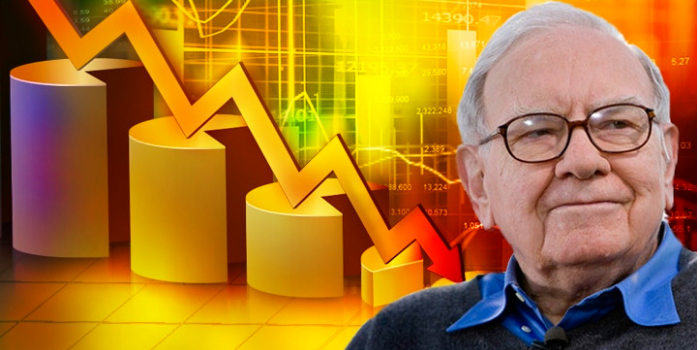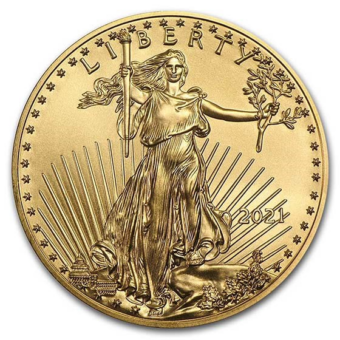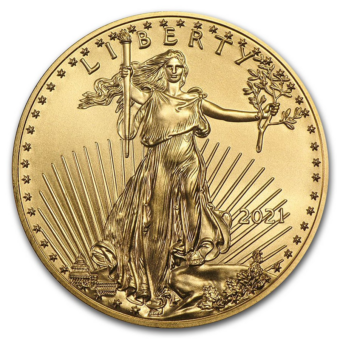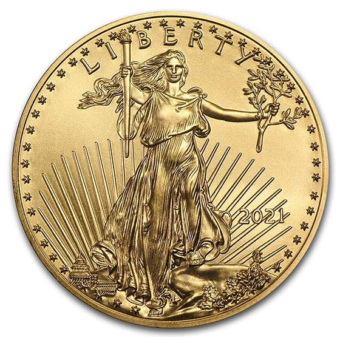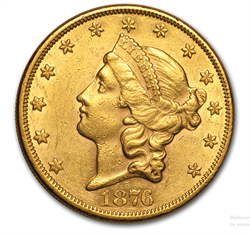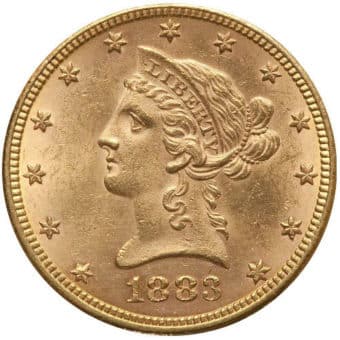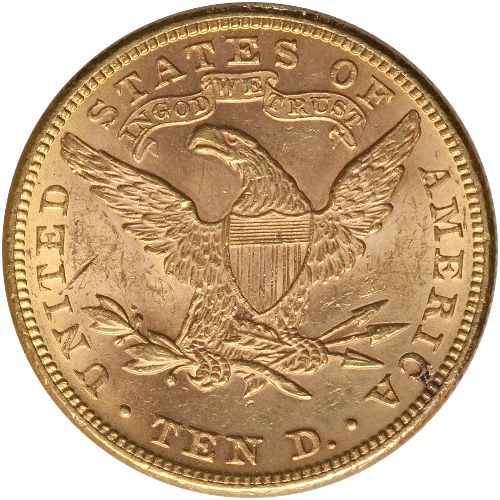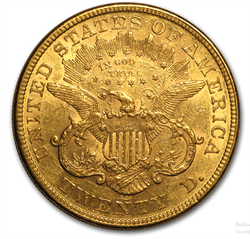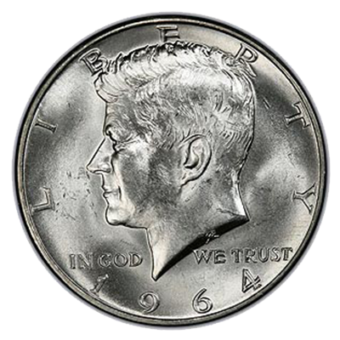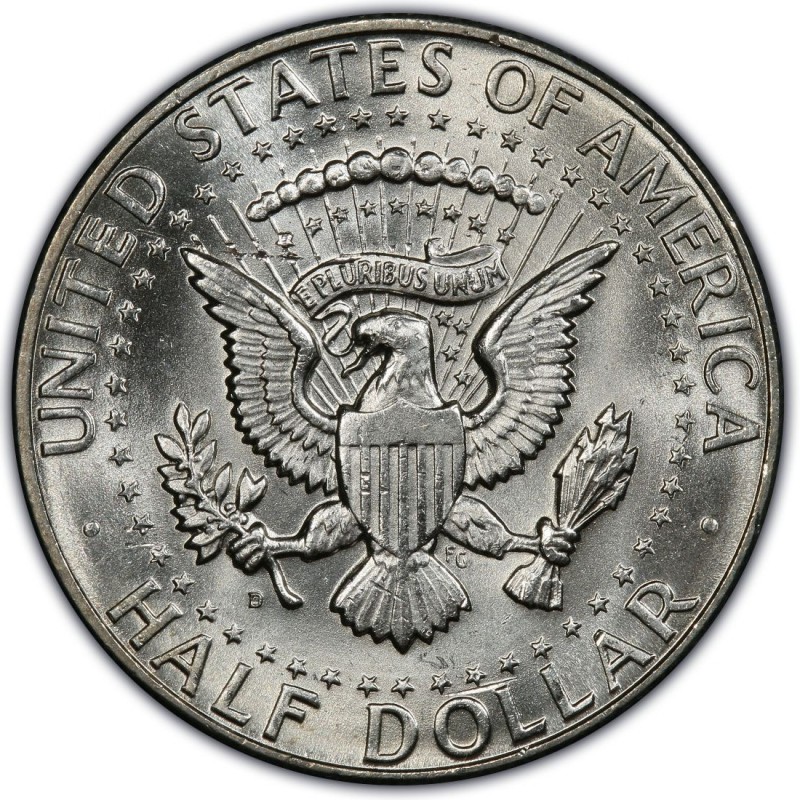A Daily Journey Through the Week's Market
Monday - 3.25.24: Gold prices experienced a decline, moving away from their all-time high to trade at $2174.72, marking a decrease of $6.16. This movement occurs amidst efforts by the U.S. Congress to avert another federal government shutdown, though the market's response has been notably muted. While the broader market shows varied interest, the gold sector maintains its focus, slightly overshadowed by the rising demand for platinum in semiconductor and sensor applications due to its role in the burgeoning generative AI market.
Tuesday - 3.26.24: Gold prices rose on Tuesday. SWIFT plans to launch a platform to integrate central bank digital currencies into the financial system. ISO20022 payments are now live, removing barriers for compliant nations to conduct transactions without U.S. approval. 90% of the world's central banks are exploring digital currencies. SWIFT's recent trial focused on interoperability, reducing fragmentation, and using CBDCs in complex transactions.
Wednesday - 3.27.24: .The gold market sustains its gains, staying above $2,200 following stronger-than-forecasted U.S. GDP growth in Q4 driven by increases in consumer, government, and investment spending. According to the Bureau of Economic Analysis, the U.S. GDP grew by 3.4% in the fourth quarter, surpassing the forecasted 3.2% growth. This growth was mainly driven by increases in consumer spending, state and local government spending, exports, nonresidential fixed investment, federal government spending, and residential fixed investment, although partially offset by a decline in private inventory investment.
Thursday - 3.28.24: Gold prices saw a significant increase early this morning, with a rise of $11.58, trading at $2190.38, while silver also went up by 9 cents to $24.55. This financial update coincides with the Federal Reserve reporting its largest operating loss in history for 2023, totaling $114.3 billion. The loss was primarily due to a dramatic increase in interest expenses, which nearly tripled to $281.1 billion, against a backdrop of slightly decreased interest income from its assets. This situation emerged after the Fed initiated interest rate hikes in March 2022 to address inflation, subsequently boosting interest payments to banks on excess reserves to a record $176.8 billion.
Friday- 3.29.24: Gold prices are seeing significant gains, nearing record highs, as the U.S. economy's growth for the fourth quarter outpaces expectations at a 3.4% expansion rate. Concurrently, a Federal Reserve Bank of Philadelphia study suggests that reintroducing the gold standard might stabilize prices in the long run, despite potential short-term inflation or deflation.
Market High Alert: The Buffett Indicator's Stark Warning
Warren Buffett's famed "Buffett Indicator" is sounding alarm bells, indicating that the stock market may be significantly overvalued relative to the size of the economy. This measure, which compares the total market capitalization of U.S. stocks to GDP, has surged to near a two-year high, hinting at potential overvaluation and a forthcoming market correction. Despite the market's buoyancy, fueled by enthusiasm for AI and speculative bets on Federal Reserve rate cuts, this indicator suggests caution. Historically, when the indicator reached similar levels, it preceded notable market downturns. Analysts express concern over a speculative bubble, especially given the indicator's track record and current economic indicators. While some debate its accuracy, the indicator's warning is clear: the market may be on precarious footing, urging investors to tread carefully amidst prevailing optimism.
U.S. Inflation Aligns with Projections Amidst Economic Adjustments
In February, the U.S. Core Personal Consumption Expenditures (PCE) price index saw a 0.3% increase, matching economists' forecasts and signaling a steady, albeit high, inflation rate that continues to exceed the Federal Reserve's 2% target. Notably, the report highlighted a revision in January's core inflation to 0.5%, underscoring persistent inflationary pressures. Despite this, the year-on-year data revealed a softening in consumer price pressures to 2.8%. Amidst market closures for Good Friday, the revelation of in-line inflation figures alongside a notable discrepancy between wage increases and personal consumption expenditures suggests potential economic imbalances. With wages growing slower than expected at 0.3% and personal consumption outpacing forecasts with a 0.8% rise, the economic landscape appears to be gearing towards a possible Federal Reserve easing cycle. Meanwhile, gold prices soared to a record high, reflecting investor sentiment around sustained inflation and geopolitical uncertainties, even as the U.S. dollar exhibited strength.
Baltimore Bridge Collapse and the Supply Chain Domino Effect
In the early hours of a fateful Tuesday, the catastrophic collapse of the Francis Scott Key Bridge in Baltimore plunged the U.S. into a logistical nightmare, exacerbating the already strained global supply chains. Amidst the backdrop of Houthi missile strikes and Panama Canal droughts, this disaster couldn't have come at a worse time. As the main artery for over 750,000 vehicles and a vital conduit for agricultural and construction machinery, the bridge's demise has retailers like Amazon and IKEA scrambling for alternatives, with major ports like New York and Virginia picking up the slack. But the ripple effects are just beginning. With the bridge expected to be out of commission for years and the cost of reconstruction likely to soar, the U.S. supply chain faces a daunting period of recalibration. Meanwhile, the world watches as cocoa prices soar, hinting at the broader economic tremors to come. Something of a"black swan event," it's also a stark warning of a future fraught with unforeseen crises, urging immediate and robust preparation for a turbulent era ahead.
Sweet Crisis: The Bitter Reality Behind Soaring Cocoa Prices
As cocoa prices hit a record $10,080 per metric ton, the ripple effects threaten to reach consumers worldwide, heralding the worst cocoa supply deficit in decades. The root of this surge lies in West Africa, where the majority of the world’s cocoa is cultivated. Farmers there face an onslaught of challenges including adverse weather, diseases, and aging trees, leading to a historic shortfall. Despite major chocolate companies employing hedging strategies to shield consumers from immediate price hikes, the industry's ability to absorb these costs is finite. The International Cocoa Organization anticipates a staggering supply deficit of 374,000 tons for the 2023-24 season, marking a significant crisis not seen in over 60 years. This deficit could lead to higher chocolate prices or reduced product sizes—a phenomenon known as "shrinkflation." Particularly, dark chocolate lovers might experience the most acute sticker shock due to its high cocoa content. With Easter around the corner, consumers might already feel the pinch as chocolate prices are expected to climb. Factors contributing to the crisis include disease-ravaged crops, the impact of El Niño on weather patterns, and a shift among Ivory Coast farmers towards more profitable crops. Despite a global panic among buyers to secure dwindling supplies, there’s no quick fix to these systemic problems, setting the stage for prolonged high cocoa prices and its cascading effects on chocolate affordability.
KuCoin Crackdown: A Stark Warning for Crypto's Legal Limbo
In a decisive move that roiled the cryptocurrency market, the U.S. federal authorities charged the KuCoin exchange with severe violations of the Bank Secrecy Act, alongside accusations of unlicensed money transmission. This action by the Commodity Futures Trading Commission (CFTC) and the U.S. Attorney’s Office for the Southern District of New York targets not just the exchange but also its founders, alleging a failure to implement necessary anti-money laundering (AML) and customer identification programs. This crackdown, highlighting over $9 billion in suspicious transactions, serves as a potent reminder of the legal responsibilities of crypto platforms operating in the U.S. The charges against KuCoin underline the urgent need for the crypto industry to adhere to established financial laws or face rigorous enforcement actions. This case could mark a turning point, signaling the end of the era of regulatory ambiguity and reinforcing the message that compliance is not optional.
Fool's Gold or Digital Delusion? The Mirage of HSBC's Gold Token
In an era where the tangibility of wealth is as crucial as its value, HSBC's latest venture into tokenizing gold for the masses sparks not just intrigue but a profound skepticism. "HSBC’s Gold Token Goes Live for Retail Investors in Hong Kong" reads like a futuristic promise, yet it begs the question: what's the point of owning gold if you can't feel its weight, see its luster, or stash it away for a rainy day? As HSBC heralds its blockchain-based alchemy, transforming physical gold into digital tokens accessible through an app, one can't help but wonder about the perils of this modern-day gold rush. Are we trading the security of tangible assets for the volatile whims of digital tokens? In the quest for innovation, it seems we might be overlooking the essence of what makes gold, gold: its unyielding presence in a world that's becoming increasingly virtual and unsettlingly unstable.
Silver's Glimmer in the Shadows: Poised for a Comeback Despite Recent Dip
Even as silver slips below the $24.50 mark, dropping more than 1% and underperforming in the precious metals market, analysts, including MKS PAMP's Nicky Shiels, project a bright future with potential highs reaching $28 an ounce this year. This optimism is rooted in silver's fundamental strength, buoyed by robust demand, especially from India, and shrinking supplies, with production in major silver-producing countries like Mexico and Peru at a 14-year low. Despite current fluctuations and a high gold/silver ratio, the backdrop of persistent inflation, anticipated easing of G-10 monetary policies, and a forecasted deficit in the silver market driven by industrial demand, positions silver for an impressive rebound. Analysts also speculate that upcoming central bank rate cuts and geopolitical tensions surrounding the U.S. elections could fuel investor interest and drive silver prices upward, making it a metal to watch in the coming months.
A Glittering Uncertainty: The Unpredictable Surge of Gold Prices
In a global climate plagued by inflation, geopolitical tensions, and the lingering specter of economic downturns, gold has reemerged as a radiant beacon for cautious investors. Soaring to unprecedented heights, it has achieved a remarkable record price of $2,170.16, captivating attention and commanding respect. This surge is not just a knee-jerk reaction to current events but a complex dance of factors, including central bank maneuvers, market speculations on interest rate cuts, and a global hunt for safe havens. Experts from J.P. Morgan to local wealth managers echo a common sentiment: gold thrives on uncertainty. With predictions ranging wildly from a steady climb to potential pullbacks, the only certainty about gold's trajectory seems to be its inherent volatility. As the Federal Reserve hints at rate cuts, the price of gold teeters on the edge of new peaks and speculative bubbles, painting a picture of a market that's as unpredictable as it is fascinated by the oldest store of value known to man.
Is the Philly Fed Exploring the Viability of Returning to the Gold Standard?
In an academic pursuit to understand the dynamics of the gold standard in modern economics, researchers have delved into the intricacies of money supply, prices, and economic output within such a system. Their study leverages Hume’s price-specie flow mechanism to assess how international trade impacts a nation's money supply through gold flows, uncovering a complex relationship between the quantity of money and price levels. While the analysis acknowledges the gold standard’s potential for ensuring long-term price stability by aligning money supply and prices closely over the long haul, it also highlights the system's susceptibility to short-term economic disruptions from external shocks. This nuanced exploration raises an important discussion point: Is the Federal Reserve considering a shift back to the gold standard as a means to achieve greater economic stability, or is this concept more of an academic exercise than a practical policy proposition? The debate positions the historical allure of the gold standard against contemporary economic challenges, seeking a balanced perspective on its feasibility and impact.
Next Week’s Key Events
Monday, April 1
● 9:45 am: S&P U.S. Manufacturing PMI (final) - March
● 10:00 am: Construction Spending - February
● 10:00 am: ISM Manufacturing - March
Tuesday, April 2
● 10:00 am: JOLTS report - February
● 9:05 am: Chicago Fed President Austan Goolsbee speaks
● 12:05 pm: Cleveland Fed President Loretta Mester speaks
● 1:30 pm: San Francisco Fed President Mary Daly speaks
Wednesday, April 3
● 8:15 am: ADP Employment report - March
● 9:45 am: S&P U.S. Services PMI (final) - March
● 10:00 am: ISM Services - March
● 12:00 pm: New York Fed President John Williams moderates discussion.
Thursday, April 4
● 8:30 am: Initial Jobless Claims - March 30
● 10:00 am: Philadelphia Fed President Patrick Harker speaks
● 12:45 pm: Chicago Fed President Austan Goolsbee speaks
● 2:00 pm: Cleveland Fed President Loretta Mester speaks
Friday, April 5
● 8:30 am: Employment Situation Summary (Jobs Report) - March
● 3:00 pm: Consumer Credit - March
IMPACT ON PRECIOUS METALS MARKETS
JOLTS Report: This report gives insights into job openings and overall labor market dynamics. A stronger labor market, indicated by high job openings, can signal economic health, which may strengthen the dollar. A stronger dollar often means lower gold and silver prices, as it diminishes their appeal as alternative investments.
Fed Presidents' Speeches: Speeches from Federal Reserve Presidents, including those from Chicago, Cleveland, San Francisco, and Philadelphia, can significantly influence market perceptions of future monetary policy. Hawkish remarks suggesting higher interest rates can boost the dollar, negatively affecting gold and silver prices. Conversely, dovish comments can weaken the dollar, potentially boosting precious metals prices.
ADP Employment Report: This report offers an early look at employment trends outside of government jobs. Strong employment growth signals a healthy economy, possibly leading to a stronger dollar and lower demand for gold and silver as safe havens.
S&P U.S. Services PMI (Final) & ISM Services: Both reports provide insights into the services sector, a significant component of the U.S. economy. Expansion in the services sector suggests economic strength, potentially boosting the dollar and lowering gold and silver prices as demand for riskier assets increases.
Initial Jobless Claims: This weekly report tracks the number of filings for unemployment benefits. Decreasing claims indicate a strong labor market, which could lead to a stronger dollar and lower gold and silver prices, reflecting reduced demand for these safe-haven assets.
Employment Situation Summary (Jobs Report): This comprehensive report on employment, including unemployment rates and job additions, has a substantial impact on market sentiment. Better-than-expected job growth suggests economic strength, potentially boosting the dollar and decreasing gold and silver prices as investors turn to riskier assets.
Consumer Credit: An increase in consumer credit can indicate confidence in personal financial situations and broader economic health. However, excessive growth could raise concerns about potential inflationary pressures. Depending on market interpretation, this could either bolster the dollar's strength, negatively impacting gold and silver prices, or increase demand for these metals as inflation hedges


